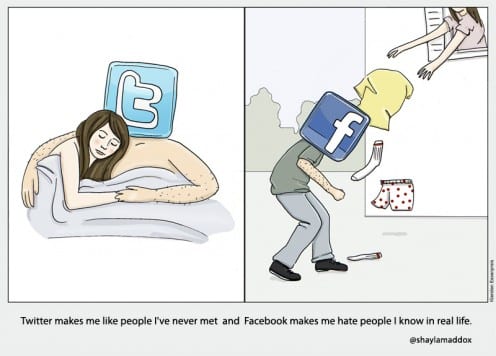Connecting the dots
By Jolynna Sinanan, on 26 June 2013

El Mirador has a small and unexpected population that I found to make up a significant part of my research. We all like our comforts away from home, and mine was the little Chinese restaurant on the corner of my street. I noticed that like other restaurants in the town, they specialise in food from Yunnan in the south of China. Throughout my fieldwork, I got to know the family, their 20-something year old daughter Lili in particular and found that similar to Xinyuan Wang’s field site, these transnational migrants also live in El Mirador as a destination, but it is not a place they live in.
Lili’s uncle who own the restaurant, works all day and Skypes his family for a couple of hours in the evening. He then watches movies in his laptop or he invites other extended family to come over for a drink or to play some mah-jong. In quiet hours during the day, Lili Skypes her toddler son in Kunming, where she lives with Lili’s parents-in-law. It turns out that quite a few of their extended relatives also live in El Mirador, and they own restaurants similar to theirs.
Lili happened to leave Trinidad just after me to return to Kunming to visit her family and she asked if I was going to be in China, I should also go and visit her. I spent nearly a week with Lili’s Chinese family Trinidad, who are the other ‘halves’ of her Chinese family in Trinidad. Without drawing a complicated kinship diagram, Lili’s family is one of about 10 families in Trinidad, from Port of Spain to El Mirador to San Fernando, that make up a transnational network of reciprocity, labour and restaurants that specialise in food from Yunnan. One family will migrate to Trinidad for a few years, either on a loan from another family, or they will work for another family when they arrive, or they will borrow materials to help set up their own business, send remittances to Kunming, then move back after 2 or 3 years and an uncle of cousin will come over and pick up where they left off. And the chain continues. Or, a family like Lili’s will migrate with the intention to stay permanently, or emigrate again to Canada or the US.
Consistent with literature on transnational migration for labour, there is an enormous amount of pressure and sacrifice on both halves of the family on both sides of the world. This trip to Kunming was so Lili could visit her son, whom she hasn’t seen in a year and so she could bring him back to Trinidad to live with her and her husband. Lili ensured that the money she sends home is used well and her family make sure that business is going well and she and the other relatives are healthy and ‘happy’. Despite not knowing many Trinidadians, Lili is adjusting to life in Trinidad, she finds living there easier, and even though home is Kunming, she is increasingly feeling like it would be difficult for her to move back there. It has been ok that her son has been living without her while he was small, they Skype a lot and sends gifts, but now that he is starting to remember her and her absence is felt, she feels it is important that he migrate with her.
Being around Lili, in her home and her workplace in Trinidad without her child, being shown his photos and videos on her iPhone and then visiting Lili, her parents, her in-laws, the friends she grew up with and seeing her with her son reminds me with no trace of arrogance, just how important this research is.
 Close
Close










